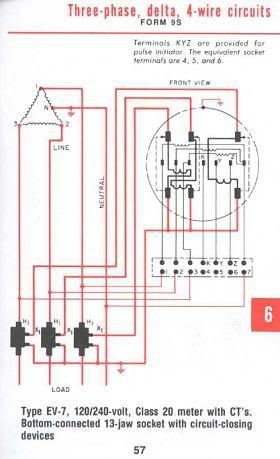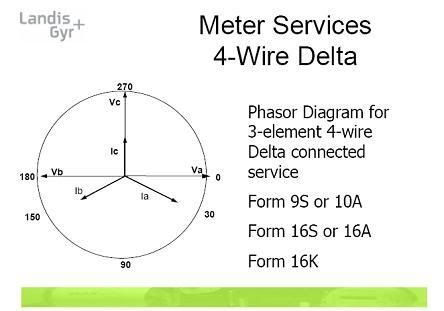crossman
Senior Member
- Location
- Southeast Texas
jim dungar said:Foward, opposite the engine thrust, is not a direction?
Then let me correct myself.
There are an infinite number of "real" or "actual" directions that the plane is traveling.
It really has nothing to do with the engine thrust. For example, in reference to the earth, some jet planes, when they land, can reverse the engine thrust through deflector plates. The plane is traveling one way, but the engine thrust is used for braking. The plane is traveling opposite the direction of the engine thrust.



